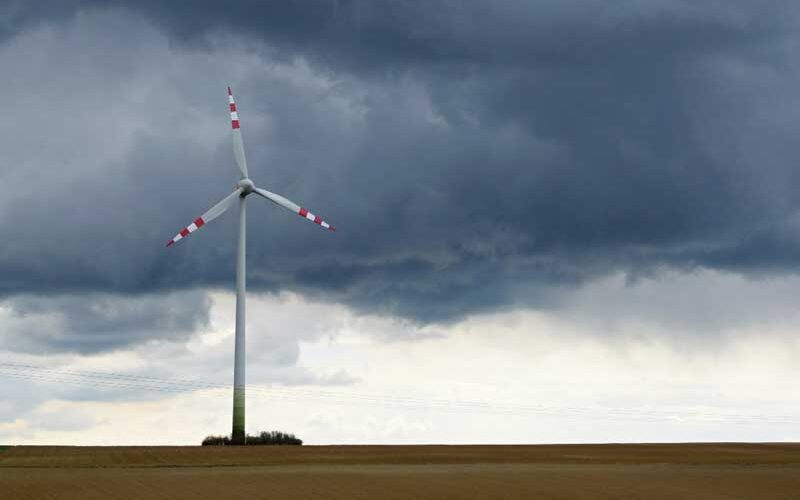Turbulence wakes passengers up, scares them, or even harms them, and for those reasons, many people have a phobia of turbulence, worrying that their plane might fall into it. However, is turbulence actually dangerous?
What is turbulence?
Turbulence is an irregular or unstable air flow that changes the vector of a plane, causing the plane to shake and climb or descend rapidly. There are numerous sorts of turbulence. Some of it can be anticipated, some of it cannot, and occasionally the pilot deliberately creates turbulence. Radar is located in front of commercial aircraft. The multi-function display, or MFD, located in the cockpit displays the pilot, adjacent aircraft, topography, and clouds. To locate and forecast turbulence along the flight path, pilots consult the MFD.
When the pilot thinks that turbulence is on the way, he might request ATC (air traffic control) to change the route.
What causes turbulence?
Many things may cause turbulence (Martin, 2016).
Thermal turbulence is the most prevalent kind of turbulence. It occurs when heat from the sun strikes the ground, warming the air and causing it to warm up, expand, and ascend. This causes clouds to form. Additionally, the moisture in clouds alters the density, which causes the wind to blow downwind. The two winds mingle, causing an unsteady airflow. Air with a low density does not cause the airplane to lift as much as air with a high density does. Pilots can detect this form of turbulence using weather radar because it always occurs in the presence of clouds (Weather.gov, 2019).
Clear-air turbulence is a different kind of turbulence. The type of turbulence that neither the weather radar nor the pilot can predict—clear air turbulence, or CAT—occurs when there are neither clouds nor moisture present. Typically, this turbulence occurs while cruising at a high altitude. It results from an abrupt shift in the jet stream or air movement. For its fuel efficiency and quick arrival, the lengthy trip from west to east uses a jet stream, a tunnel-shaped continuous flow of air. However, the jet stream is not constant. It modifies the wind’s direction, speed, and shape. And the air inside, which flows at about 100~150 knots, and the air outside of the jet stream form the vortex, which causes the aircraft to shake a lot. Going in and out of the jetstream causes most CAT (Weather.gov, 2019).
Additionally, an additional kind of clear turbulence known as wake turbulence is produced by the airplane. The wingtip of an aircraft creates wake turbulence. This kind of turbulence resembles two parallel vortex lines. This kind of turbulence frequently occurs as a plane approaches its destination, particularly when a small aircraft is followed by a large aircraft. The plane may tremble as a result of the wake turbulence, or it may stall in some circumstances, losing lift from the wings. Some algorithms and pilot databases can forecast this kind of turbulence (www.faa.gov, n.d.).
Is turbulence safe?
Some passengers experience terror and worry about the plane falling when the seatbelt sign turns on and the plane begins to tremble. However, in reality, there is essentially little probability that the plane will ever crash while cruising. Commercial airplanes are built to withstand gusts greater than their maximum weight. The only thing to dread most of the time is fear itself (Ahlgren, 2021). However, the traveler might suffer harm in specific circumstances. The main cause of this is that some passengers are not wearing seat belts when CAT arrives. They may be raised to seal and land on their heads. So, even when the seatbelt signs are not lit, the cabin crew advises you to always buckle up (Eliza Goodwin and McFall Johnsen, 2023).
Reference list
Ahlgren, L. (2021). How Dangerous Is Turbulence? [online] Simple Flying. Available at: https://simpleflying.com/how-dangerous-is-turbulence/ [Accessed 29 April 2023].
Chung, C. (2023). Fasten Your Seatbelts: What You Need to Know About Turbulence. The New York Times. [online] 7 Apr. Available at: https://www.nytimes.com/article/airplane-turbulence.html [Accessed 29 April 2023].
Eliza Goodwin, G. and McFall Johnsen, M. (2023). What is turbulence, what causes it on an airplane, and why it’s not usually dangerous. [online] Insider. Available at: https://www.insider.com/what-is-turbulence-causes-dangerous-airplanes-flight [Accessed 29 April 2023].
Martin, S. (2016). 7 Types Of Turbulence That Can Rock Your Flight. [online] www.boldmethod.com. Available at: https://www.boldmethod.com/blog/lists/2016/03/types-of-turbulence-that-can-rock-your-flight/ [Accessed 29 April 2023].
Radde, K. (2023). How dangerous is turbulence on airplanes? Here’s what you need to know. [online] NPR. Available at: https://www.npr.org/2023/03/05/1161196591/turbulence-airplanes-injuries-death-safety#:~:text=It [Accessed 29 April 2023].
Weather.gov. (2019). Turbulence. [online] Available at: https://www.weather.gov/source/zhu/ZHU_Training_Page/turbulence_stuff/turbulence/turbulence.htm [Accessed 29 April 2023].
www.faa.gov. (n.d.). Aeronautical Information Manual – AIM – Wake Turbulence. [online] Available at: https://www.faa.gov/air_traffic/publications/atpubs/aim_html/chap7_section_4.html [Accessed 29 April 2023].
